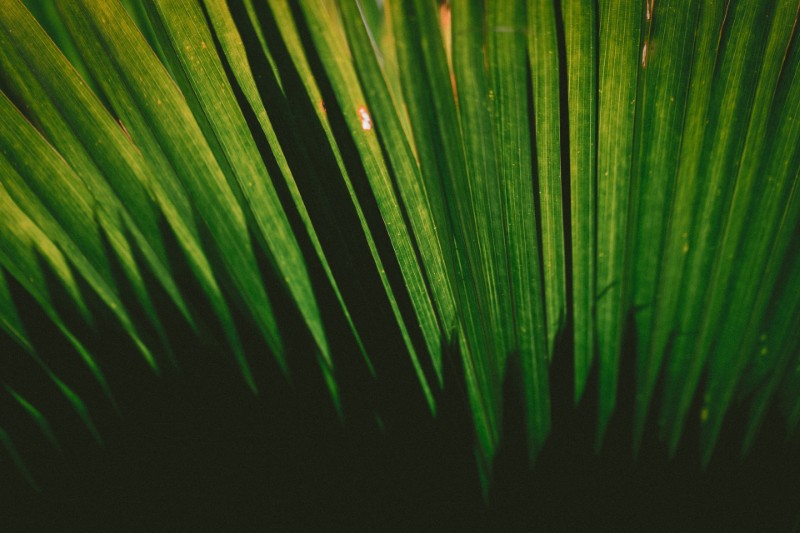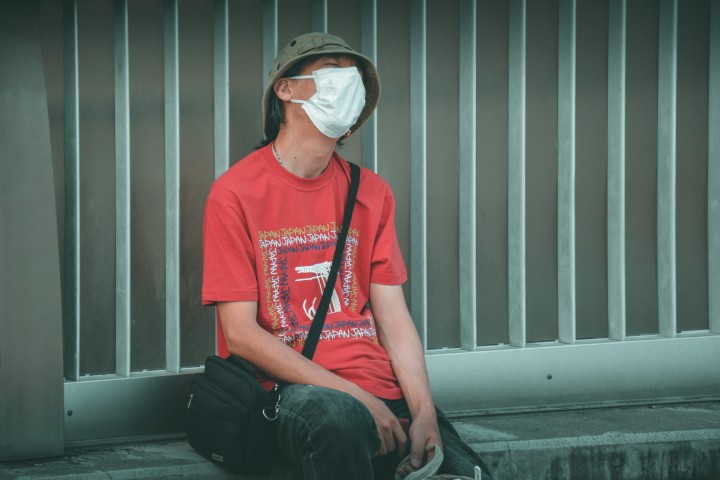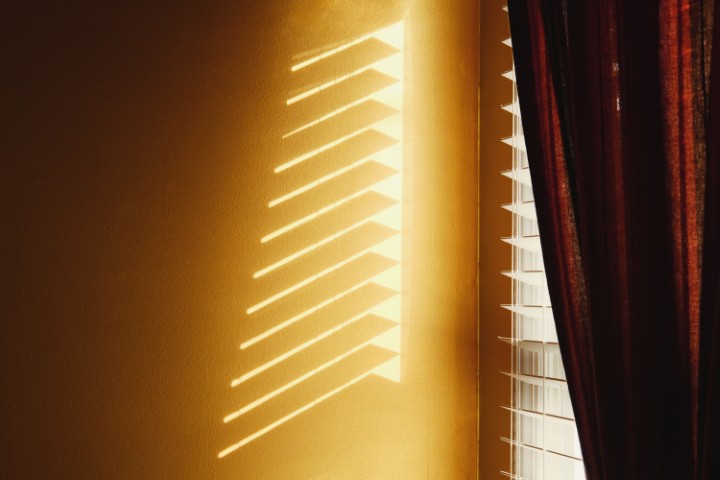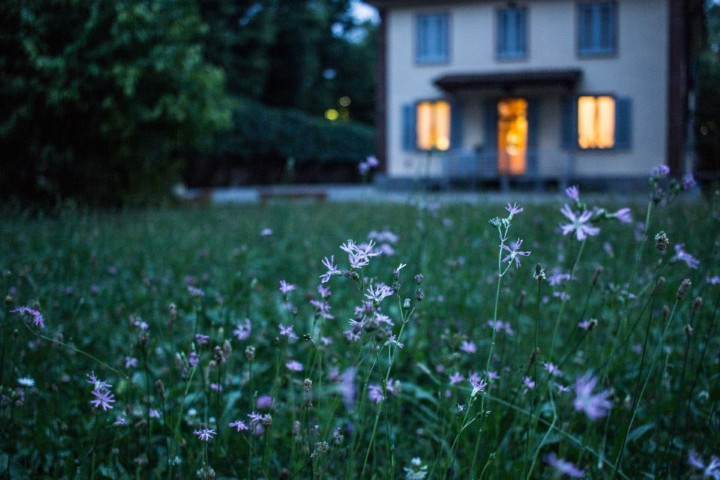
This essay explores Rav Shagar's experience during the Yom Kippur War and how it contributed to his understanding of emunah. To dwell in the sukkah is to experience not God's light but rather God's shade, and it is this model of faith we must ultimately seek to cultivate.
Zachary Truboff
g
After twenty five hours of fasting and intense prayer, Yom Kippur concludes with a profound declaration of faith and the sound of the shofar. We end the festival on a spiritual high and even seek to channel this energy into initiating the construction of our sukkah in the waning hours of the night. In 1973, however, Israeli society ended the holiday in a radically different fashion. Instead of rejoicing at having received atonement and excitedly breaking the fast, Israelis discovered that the Syrian army had invaded the Golan Heights and the Egyptian army had crossed the Suez Canal and entered into the Sinai. That Yom Kippur and the initial days of the war were devastating for Israel. Whole communities were evacuated and hundreds died. Faith was in short supply. Five years after having achieved a near miraculous victory during the Six Day Way, Israel now found itself at the edge of destruction. Core institutions such as the government and army had failed to protect Israel. In the aftermath of the war, Israeli society underwent a crisis of faith. The challenge was particularly acute for religious soldiers who were literally taken from their synagogue or yeshivah and sent directly to the front. They saw close friends perish in battle as they went from being immersed in the holiness of Yom Kippur to facing the possible annihilation of the Jewish state. After the war there were many who took off their kippot, never to put them back on again.
Most religious soldiers were reticent to speak of their experiences, however Rav Shagar was one of the few to break the silence. Married just six months before the war broke out, Rav Shagar was still studying in yeshiva. As the holiday of Yom Kippur ended, he was sent to the Golan Heights where met up with two other young soldiers who had previously served with him in his tank unit. The very next day, they fought in the battle of Nafakh. He explained: ‘Even though we knew as did the entire nation of Israel that war had broken out, we did not fully appreciate what had happened and what would yet take place. The war confronted us and we were not prepared. This was also true from a spiritual perspective.’1 Tank units were sent to the front as soon as they were ready and information was sketchy. Immediately after entering the battlefield, Rav Shagar’s tank was hit and burst into flames. He was somehow able to climb free, but the moment nearly overwhelmed him. He writes, ‘I saw a giant blaze the height of a several story house- the association of akeidat Yitzchak came to mind.’2 Almost unconsciously, Rav Shagar understood that something profoundly terrible had taken place. He was able to hide nearby for several hours until he was rescued by an Israeli tank manned by his friend and future Rosh Yeshiva, Yakov Medan. Eventually, he was brought to Rambam hospital in Haifa and treated for his injuries. It was only there he discovered that his friends and fellow soldiers had been killed. Over the next several days during the holiday of sukkot, Israeli forces were finally able to go on the offensive and drive back the invading armies.
In the years that followed, Rav Shagar struggled to understand his experiences during the war from a religious perspective. He explained:
In many aspects my feelings towards being saved were different from those who had similar experiences during the war. After the war, people turned to me and said that I should make a seudat hodaah, a festive meal of thanksgiving. I said that I am not able to do so. Not because I am ungrateful, God forbid, but rather (Tehillim, 137:4) ‘How can I sing a song to God?’ I am not able. I should make a seudat hodaah? What about my friends who did not merit to survive?!3
The loss of his friends weighed heavily upon him. In his eyes, they were innocent, pure, and represented the very best of religious Zionist youth. Believing in divine justice is a cornerstone of faith, and after the death of a loved one, the Jewish tradition mandates that the mourner praise God as the righteous judge. However, faith is rarely ever so easy. Rav Shagar perceived that the holiday of Sukkot embodied his spiritual dilemma.
The sukkah represents for us trust in God. It cannot protect us in this world. The sukkah is an expression of reality that exists in shade. It is the shade of faith but it is still shade. We find ourselves in the shade of the sukkah and not in its light.4
A sukkah is poor protection against the harsh elements of nature. At best, it can offer shade, but cannot keep out the rain or anything else that might pummel it. Jewish law even allows for a minimalist sukkah- nothing more than two walls and a partial third. The same is true with faith. Faith cannot offer us certainty or protect us from the dangers of the world. There will inevitably be moments that challenge the very core of our being, leaving us with more questions than answers. The Torah often compares faith to light because faith offers both illumination and enlightenment. On sukkot though, Rav Shagar notes that faith is likened to shade. The difference between light and shade is profound. Shade is neither light nor darkness but something in between. Dwelling in the shade of faith offers neither the warmth nor the clarity of light. At times, faith can grant us comfort but it cannot keep away the rain.5
The holiday of Sukkot represents our ability to live in the shade of faith in spite of the difficulties we encounter. In the Chassidic tradition, the mitzvah of sukkah is viewed as an opportunity to raise up the ‘fallen sukkah of King David’ and redeem faith that has fallen.6 Two Biblical verses help illustrate this point by indicating that sukkot were never meant to be grandiose structures. The first time that a sukkah is mentioned in the Torah occurs after Yakov reunites with his brother Eisav. Following their meeting, Yakov returns to the land of Israel with his family and we are told, (Bereshit 33:17) ‘Yakov journeyed to Sukkot, and built for himself a house, and for his livestock he made shelters (sukkot), therefore he called the name of the place Sukkot.’ The sukkot constructed by Yakov were not for human habitation but rather intended as protective shelters for livestock. This, however, is not surprising as human beings are most often described in the Torah as dwelling in tents in the wilderness. Unlike sukkot, tents are portable and provide excellent protection from the heat and rain.
A second verse makes a similar claim about sukkot. The Torah instructs that the festival of sukkot should commence during the conclusion of the harvest period, (Devarim 16:13) ‘You shall make the holiday of Sukkot for a seven day period, when you gather in from your threshing floor and from your wine vat.’ Rashi, however, explains that this verse indicates not only the timing of the holiday but also the raw materials to be used in the construction of the sukkah. The verse should be read as, ‘You shall make the holiday of sukkot for a seven day period with what you gather from your threshing floor and your wine vat.’ A sukkah is not meant to be constructed with the choicest materials but rather with the refuse that would normally be discarded.
During the seven days of the holiday, we dwell in huts better suited for animals that are made from unwanted leftovers, yet somehow it is enough. While sitting in the shade of the sukkah, we are also able to see ourselves as sitting under the Divine presence. We not only rejoice but also feel God’s closeness despite whatever discomfort we may harbor. It is an opportunity to demonstrate that a life of faith may not protect us from all dangers but it can still provide us with the strength to live each day.
In an essay memorializing a student who was killed during the First Lebanon War, Rav Shagar subtly hints to how he was able to find the shade of faith even in the midst of the Yom Kippur War.
Life is beautiful and in the face of death we feel its beauty even more- the love people share, the friendship, children, even just to go and breathe the air under the skies. The grass next to the burning tank is green, so very green. And there, right beside the horror and because of it exists the living God.7





